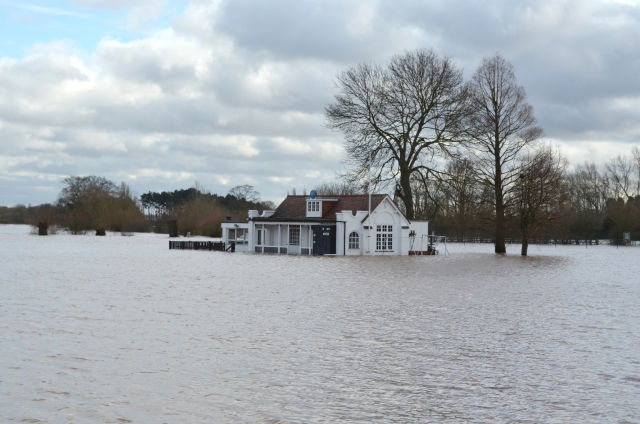Early 2014 UK flooding made more likely by climate change
Ars Technica » Scientific Method 2016-02-05

(credit: flickr user Nick)
In places like California, researchers have been working to understand how climate change is affecting droughts. But in the UK, it’s unusually wet weather making headlines of late. Southern England and Wales got soaked over the winter that ran into January 2014, leading to near-historic flooding. This led to a natural question: did climate change have a hand in it?
Climate is basically the statistics of weather, so the way we answer this is to use climate models to look for a change in those statistics. We can’t necessarily convict climate change for any particular weather disaster, but we can learn whether we should expect to see that disaster more often than we would in the absence of climate change. A home-run hitter on steroids is a common analogy—they'd clearly hit some out of the park anyway, but not with the same frequency.
Good statistics require a lot of samples, so to look at the English flooding, a climate model was used to generate more than 130,000 simulations of weather in the region. To do the computational heavy lifting, the team (led by University of Oxford researcher Nathalie Schaller) relied on weather@home running on volunteers’ computers. Some of the simulations were run with greenhouse gas concentrations, Arctic sea ice extent, and sea surface temperatures to match the 2013/2014 winter. The other simulations were run under approximated pre-industrial conditions: lower greenhouse gas concentrations, cooler sea surface temperatures, and the largest sea ice extent available from the satellite era (1986/1987).